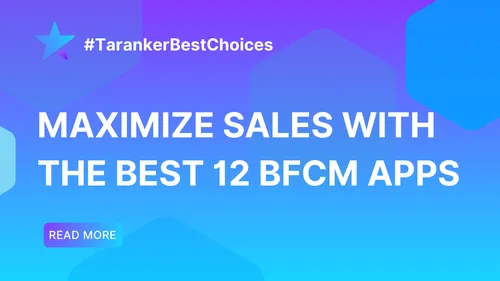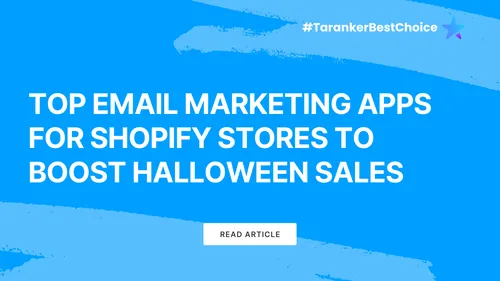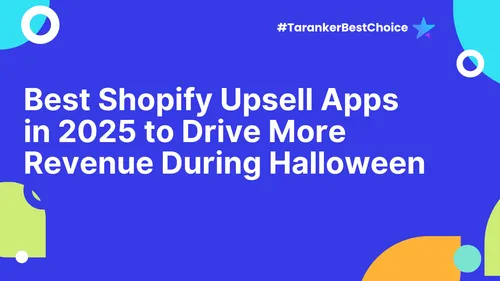When it comes to pricing your products, fixed pricing can be one of the simplest and most effective strategies. This model offers stability and predictability—qualities that are often highly valued by customers. While dynamic pricing offers flexibility, fixed pricing focuses on consistency and transparency.
In this blog, we’ll explore the benefits of fixed pricing, discuss when it’s the best approach, and provide best practices for implementing this pricing strategy in your ecommerce business.

1. What is Fixed Pricing?
Fixed pricing is a straightforward pricing strategy where the price of a product stays the same over time. Unlike dynamic pricing, where prices fluctuate based on factors like demand and competition, fixed pricing offers a set price for each item. Customers know exactly what they’ll pay at any given moment, which creates a sense of trust and predictability.
For example, if a clothing store sets the price of a t-shirt at $20, that price will remain the same regardless of seasonal changes, demand fluctuations, or competitor pricing.
2. Benefits of Fixed Pricing
Fixed pricing offers several advantages for ecommerce businesses. Below are some of the most notable benefits:
2.1. Predictability and Stability
The primary benefit of fixed pricing is predictability. Both businesses and customers can rely on a stable pricing structure. This stability makes it easier for businesses to forecast sales and plan for growth, while customers appreciate knowing exactly what they will pay for products.
2.2. Builds Customer Trust
When customers know that prices won’t change unexpectedly, they are more likely to trust your brand. Fixed pricing fosters loyalty because it reassures customers that they aren’t being overcharged or manipulated with fluctuating prices.
2.3. Simple to Manage
For small businesses or those just starting out, fixed pricing is easy to implement and manage. There are no complicated algorithms or pricing adjustments needed, making it a straightforward and cost-effective solution. This simplicity can help businesses focus on other aspects of their operations without worrying about complex pricing strategies.

3. Challenges of Fixed Pricing
While fixed pricing is beneficial, it does come with a few drawbacks that businesses need to consider before committing to this strategy.
3.1. Missed Revenue Opportunities
With fixed pricing, businesses may miss out on potential revenue during high-demand periods. For example, during the holiday season, when customers are willing to pay more for popular products, fixed pricing doesn’t allow businesses to adjust prices accordingly and capture additional revenue.
3.2. Less Flexibility in Responding to Market Changes
In industries where demand fluctuates quickly, fixed pricing may not allow businesses to respond effectively to market changes. Competitors using dynamic pricing can adjust their prices in real-time, making it harder for businesses with fixed prices to stay competitive.
3.3. Limited Personalization
Fixed pricing doesn’t offer the ability to personalize pricing for individual customers. This could be a drawback for businesses looking to target specific customer segments with tailored pricing strategies.
4. Best Practices for Implementing Fixed Pricing
While fixed pricing is a simple strategy, it still requires careful planning to ensure it aligns with your business goals. Here are some best practices for implementing fixed pricing:
4.1. Regularly Review Prices
Even though your prices are fixed, it’s important to periodically review them to ensure they remain competitive. Keep an eye on market trends, competitor pricing, and changes in your costs to make sure your fixed prices are still in line with the market.
4.2. Offer Discounts and Promotions
While fixed pricing means your prices won’t change, you can still offer promotions or discounts to provide value to your customers. For example, you can create seasonal discounts, bundle offers, or loyalty programs that allow customers to benefit from lower prices without affecting the base price of your products.
4.3. Focus on Transparency and Communication
One of the key advantages of fixed pricing is its ability to build trust. Make sure your customers know exactly what to expect. Be clear in your product descriptions and marketing materials that the price is consistent and transparent, helping customers make informed purchasing decisions.

5. When to Use Fixed Pricing
While dynamic pricing is suitable for products with fluctuating demand, fixed pricing works best for products that have consistent, predictable demand. Here are some situations when fixed pricing is the best approach:
5.1 Products with Low Price Sensitivity
For low-cost items where customers aren’t highly price-sensitive, fixed pricing works best. Customers prefer clear, stable prices for everyday consumables or budget-friendly products.
5.2 Subscription-Based Products
Fixed pricing ensures predictability for subscription models, allowing customers to know exactly what they will pay each month, which is essential for retaining subscribers.
5.3 Long-Term Contracts or Memberships
For membership-based businesses, fixed pricing provides consistency, helping customers easily budget and build trust over the long term.
5.4 Bundled Products
Fixed pricing for bundles offers clear value, showing customers how much they save compared to buying items individually, encouraging larger purchases.
5.5 Luxury Goods and High-Quality Products
Luxury products benefit from fixed pricing to maintain brand prestige, ensuring customers feel assured of the product’s value and transparency in pricing.
5.6 Products with a Clear Cost Structure
For products with simple cost structures, fixed pricing offers stability and eliminates the need for constant adjustments, making it easy for customers to know what they will pay.
5.7 Long-Term Customer Relationships
Fixed pricing helps build trust and strengthens long-term relationships, allowing customers to make repeat purchases confidently without worrying about price fluctuations.
5.8 Established Brands with a Loyal Customer Base
For established brands, fixed pricing reinforces loyalty, showing customers transparency and fairness, enhancing emotional connections with the brand.
5.9 Simplified Internal Management
Fixed pricing is easier for small businesses to manage, as it doesn’t require complex tools or constant adjustments, allowing resources to focus on other areas.
5.10 New Products or Market Entry
When launching new products, fixed pricing helps establish trust and stability, offering customers predictability during the product's introduction phase.
6. Conclusion:
Fixed pricing is an excellent pricing strategy for businesses that value stability, predictability, and customer trust. By offering consistent prices, businesses can build long-term relationships with customers, improve loyalty, and simplify pricing management.
However, it’s important to regularly review prices and consider promotions to stay competitive. For businesses with stable products and demand, fixed pricing is a tried-and-true model that offers many benefits, ensuring customer satisfaction and business success.













